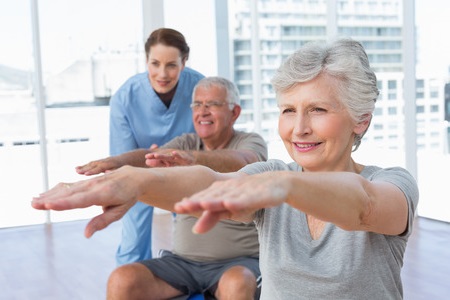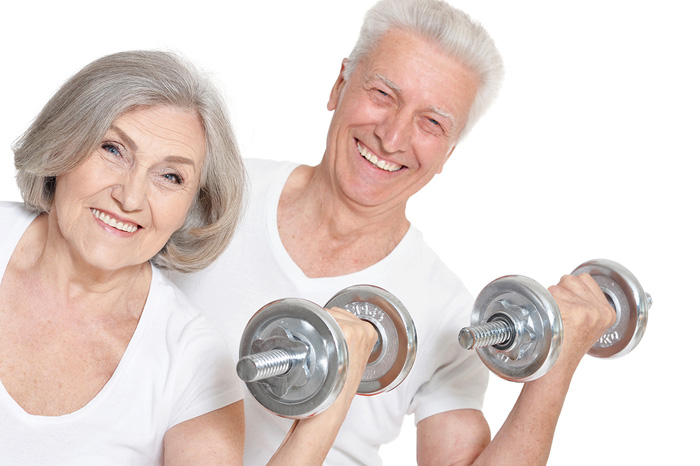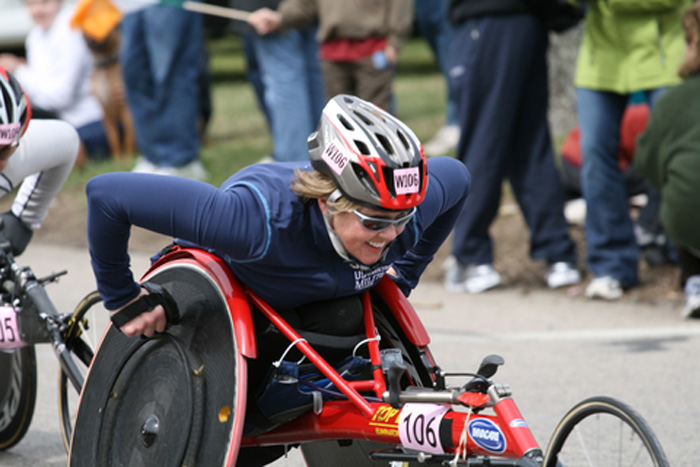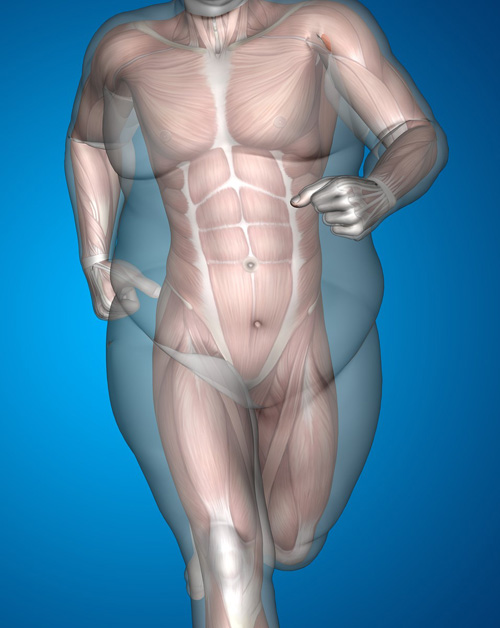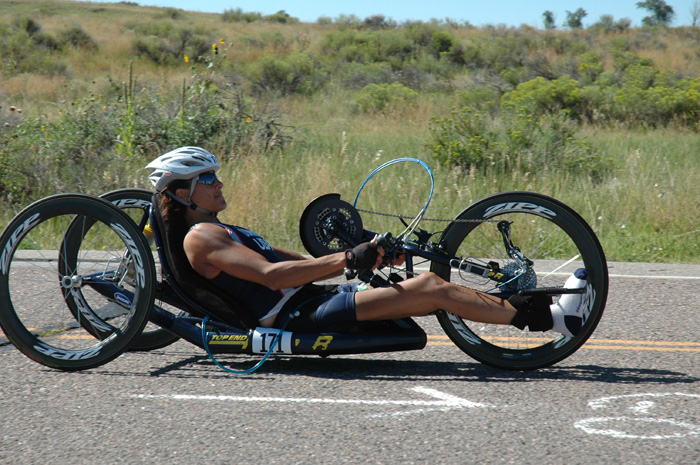Core Component of Fitness -- Strength
The Beginnings of the Core Component of Fitness
I refer to strength as the core component of fitness because it is impossible to study all of the components of physical fitness and not notice how strength is integral in meeting each element.
Developing functional muscle does not make you a bodybuilder; and it’s time to debunk some fitness myths.
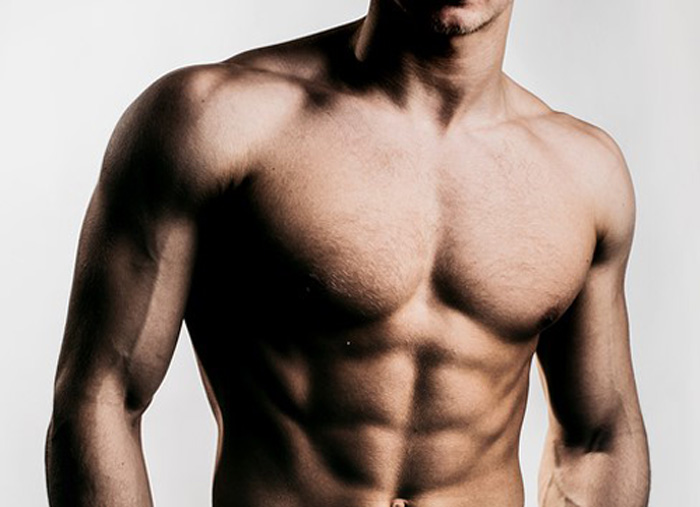
Bodybuilders have been the objects of ridicule for decades. In spite of it, the “meatheads” had discovered how to increase muscle mass. They experimented and observed the kinds of changes they could produce in their bodies.
I am not a bodybuilder, but I do lift weights to build and maintain muscle. I have personally experienced the benefits of resistance training for over forty-five years; and only now is science identifying those benefits.
Strength Training and Large Muscles
Lifting weights does not necessarily cause large muscle growth. Unfortunately, this notion has deterred many women from the fastest means of building strength.
Women lose bone density as they age, unless they are strength training. Fifty percent of women over the age of 50 will experience a bone fracture because they did not incorporate this core component of fitness into their lifestyles.
Read about Osteoporosis and Bone Loss.
Competitive bodybuilding is an extreme sport. It takes enormous effort, training, specialized supplementation, and nutrition to acquire massive muscle. Because men have more testosterone in their bodies than women, they are able to achieve larger muscle size.
Unfortunately, as with most sports, the desire to win has caused many athletes to cheat by succumbing to substances in order to achieve the desired result.
Is Movement the Answer to Maintaining Fitness as We Age?
A popular response I hear as to why someone is older and still reasonably active is that they “keep moving.” Unfortunately, just being able to move is not a sign of fitness.
There are several components of physical fitness: strength, endurance, balance and coordination, flexibility, body composition, and cardio/aerobic capacity.
If a person continues to walk, they will most likely be able to walk into their old age – getting slower, stiffer, and more fragile as the years progress. But, what about their heart, lungs, circulatory system, bone density, or the ability to stand or get up off the floor without assistance?
Weakness in any area of fitness creates serious health risk. These risks include: cardiovascular disease, falls, osteoporosis,
excess body fat, spine and joint issues, and reduced coordination and reflexes.
It is difficult to overemphasize this component of fitness when we consider the benefits of strength as we age. It is the core component of fitness because it enables the development and maintenance of all the other components. It’s like the hub in a
wheel, with each spoke being an integral part of its ability to function properly.
No matter how you choose to do it, whether through weight training or other forms of strength training activities in which your body weight provides the resistance (such as a TRX trainer), you must be strong as you age. The stronger you are, the greater your chances of reaping the benefits of muscle -- the core component of fitness.
How Strength Supports the Other Components of Physical Fitness

Balance, coordination, and reflex. Resistance training increases neurotransmitters in the brain, and fortifies nerve connections that support neuromuscular response -- reaction time.
Changes in alignment caused by poor posture affects balance, and maintaining good posture requires strength.
Flexibility. Muscle mass depletes with age, and reduction in strength reduces flexibility.
Body composition. Muscle boosts the metabolism so fat is burned faster. Muscle demands more calories just to exist, even when you are sedentary. Moving the muscles generates a higher caloric demand.
Aerobic/cardio and endurance. Endurance is necessary to perform aerobics. Strong muscles enable the body to meet longer demands for repeated movement and exertion. Strong muscles are more efficient muscles, meaning that you are able to do the same work with less effort.
Both cardio and aerobic exercise requires an elevated heart rate and oxygen intake. Aerobic/cardio exercise keeps blood and nutrients flowing throughout the entire body. That includes your brain!
More Topics That May Interest You
Some of the advertisers on my website are affiliate partners, which means that I may receive a small commission from any sale, at no extra cost to you. For example, as an Amazon Associate I earn a small commission from qualifying purchases.
Your purchases help to support this free-information website. Thank you.
The content of this website is for informational purposes only and not intended to be taken as a replacement for professional medical advice, care, diagnosis or treatment by a doctor, dietitian, physical therapist, nutritionist or fitness instructor.
DO NOT BEGIN ANY EXERCISE PROGRAM WITHOUT CHECKING WITH YOUR DOCTOR FOR UNDERLYING CONDITIONS THAT MAY PREVENT YOU FROM DOING SO.

